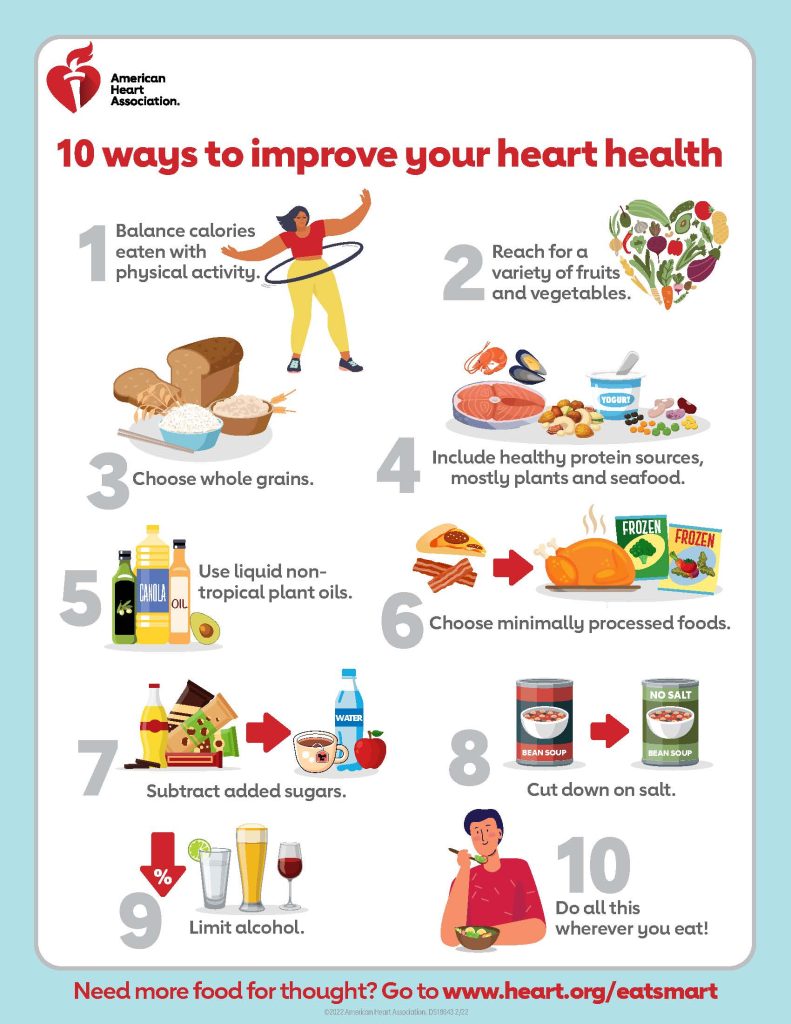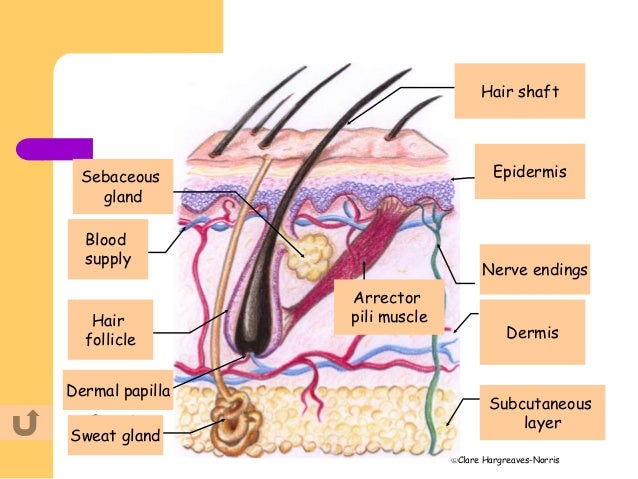Coronary heart disease (CHD), also known as coronary artery disease, is a condition where the coronary arteries, which supply blood to the heart muscle, become hardened and narrowed due to the buildup of cholesterol-containing deposits called plaques. This process, known as atherosclerosis, can restrict blood flow to the heart, leading to chest pain, shortness of breath, and other symptoms. If left untreated, CHD can lead to a heart attack, which occurs when the blood flow to the heart is completely blocked.
Understanding the Risk Factors
Several factors can increase a person’s risk of developing CHD. These include:
- High Blood Pressure: Uncontrolled high blood pressure can damage the coronary arteries, making them more susceptible to narrowing.
- High Cholesterol: Elevated levels of low-density lipoprotein (LDL) cholesterol, also known as “bad” cholesterol, can contribute to the formation of plaques.
- Smoking: Smoking damages the inner lining of blood vessels, making them more prone to narrowing.
- Diabetes: People with diabetes are more likely to develop CHD due to high blood sugar levels, which can damage blood vessels.
- Family History: A family history of CHD can increase a person’s risk, as it may indicate a genetic predisposition to the condition.
- Obesity: Excess weight can increase the risk of developing CHD by contributing to high blood pressure, high cholesterol, and diabetes.
- Physical Inactivity: A sedentary lifestyle can increase the risk of CHD by contributing to obesity, high blood pressure, and other risk factors.
- Age: The risk of CHD increases with age, with most cases occurring in people over the age of 45.
Signs and Symptoms
The signs and symptoms of CHD can vary from person to person, but common symptoms include:
- Chest Pain (Angina): A feeling of pressure or tightness in the chest, which may radiate to the arms, back, neck, jaw, or stomach.
- Shortness of Breath: Difficulty breathing or feeling winded even when sitting still or engaging in light physical activity.
- Fatigue: Feeling weak or tired, which can be a sign of reduced blood flow to the heart.
- Pain or Discomfort in the Arms, Back, Neck, Jaw, or Stomach: This can be a sign of reduced blood flow to the heart.
Diagnosis and Treatment
Diagnosing CHD typically involves a combination of physical exams, medical history, and diagnostic tests, such as:
- Electrocardiogram (ECG or EKG): A test that measures the electrical activity of the heart.
- Echocardiogram: A test that uses sound waves to create images of the heart.
- Stress Test: A test that measures the heart’s ability to function under stress.
- Coronary Angiography: A test that uses dye and X-rays to visualize the coronary arteries.
Treatment for CHD depends on the severity of the condition, but may include:
- Lifestyle Changes: Quitting smoking, exercising regularly, eating a healthy diet, and managing stress.
- Medications: Cholesterol-lowering medications, beta blockers, and nitrates to manage symptoms.
- Angioplasty and Stenting: A minimally invasive procedure that uses a balloon to widen the arteries and a stent to keep them open.
- Coronary Artery Bypass Grafting (CABG): A surgical procedure that involves bypassing the blocked artery with a healthy blood vessel.
Prevention and Management
While CHD cannot be completely prevented, there are steps that can be taken to reduce the risk of developing the condition. These include:
- Maintaining a Healthy Weight: Excess weight can increase the risk of CHD, so maintaining a healthy weight through a combination of diet and exercise is essential.
- Eating a Healthy Diet: A diet rich in fruits, vegetables, whole grains, and lean protein can help to lower cholesterol and blood pressure.
- Exercising Regularly: Regular physical activity can help to lower blood pressure, improve circulation, and reduce stress.
- Managing Stress: Stress can increase the risk of CHD, so finding healthy ways to manage stress, such as through meditation or yoga, is essential.
- Getting Enough Sleep: Getting enough sleep is essential for overall health, and can help to reduce the risk of CHD.
What are the most common symptoms of coronary heart disease?
+The most common symptoms of coronary heart disease include chest pain (angina), shortness of breath, fatigue, and pain or discomfort in the arms, back, neck, jaw, or stomach.
How is coronary heart disease diagnosed?
+Coronary heart disease is typically diagnosed through a combination of physical exams, medical history, and diagnostic tests, such as electrocardiogram (ECG or EKG), echocardiogram, stress test, and coronary angiography.
What are the treatment options for coronary heart disease?
+Treatment for coronary heart disease depends on the severity of the condition, but may include lifestyle changes, medications, angioplasty and stenting, and coronary artery bypass grafting (CABG).
Can coronary heart disease be prevented?
+While coronary heart disease cannot be completely prevented, there are steps that can be taken to reduce the risk of developing the condition, such as maintaining a healthy weight, eating a healthy diet, exercising regularly, managing stress, and getting enough sleep.
What is the prognosis for someone with coronary heart disease?
+The prognosis for someone with coronary heart disease depends on the severity of the condition and the effectiveness of treatment. With proper treatment and lifestyle changes, many people with coronary heart disease can lead active and healthy lives.
How can I reduce my risk of developing coronary heart disease?
+To reduce your risk of developing coronary heart disease, it is essential to maintain a healthy weight, eat a healthy diet, exercise regularly, manage stress, and get enough sleep. Additionally, avoiding smoking and limiting alcohol consumption can also help to reduce the risk of CHD.
In conclusion, coronary heart disease is a serious condition that requires prompt medical attention. By understanding the risk factors, signs, and symptoms, and by taking steps to prevent and manage the condition, individuals can reduce their risk of developing CHD and lead active and healthy lives. Remember, a healthy heart is the key to a healthy life, so take the necessary steps to protect your heart and reduce your risk of CHD.


